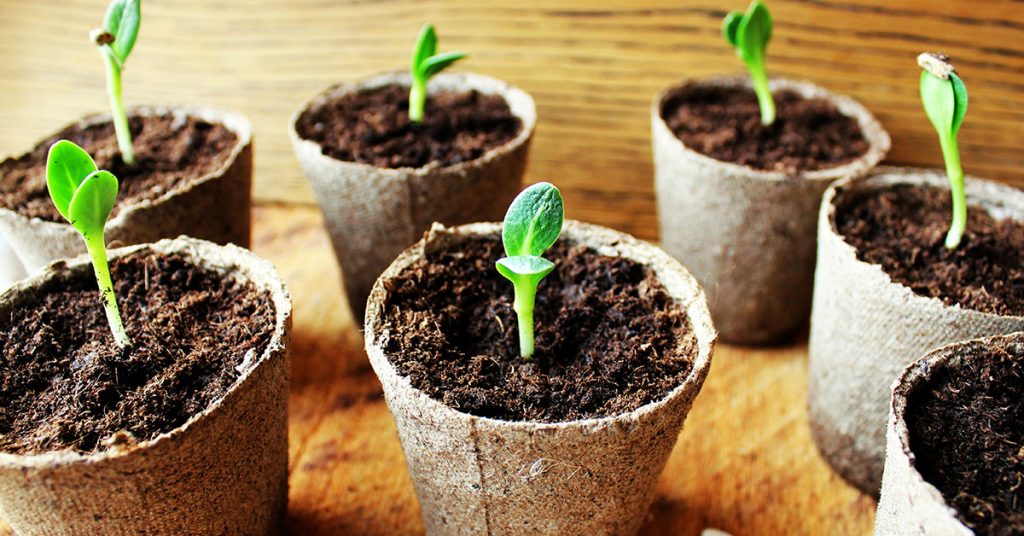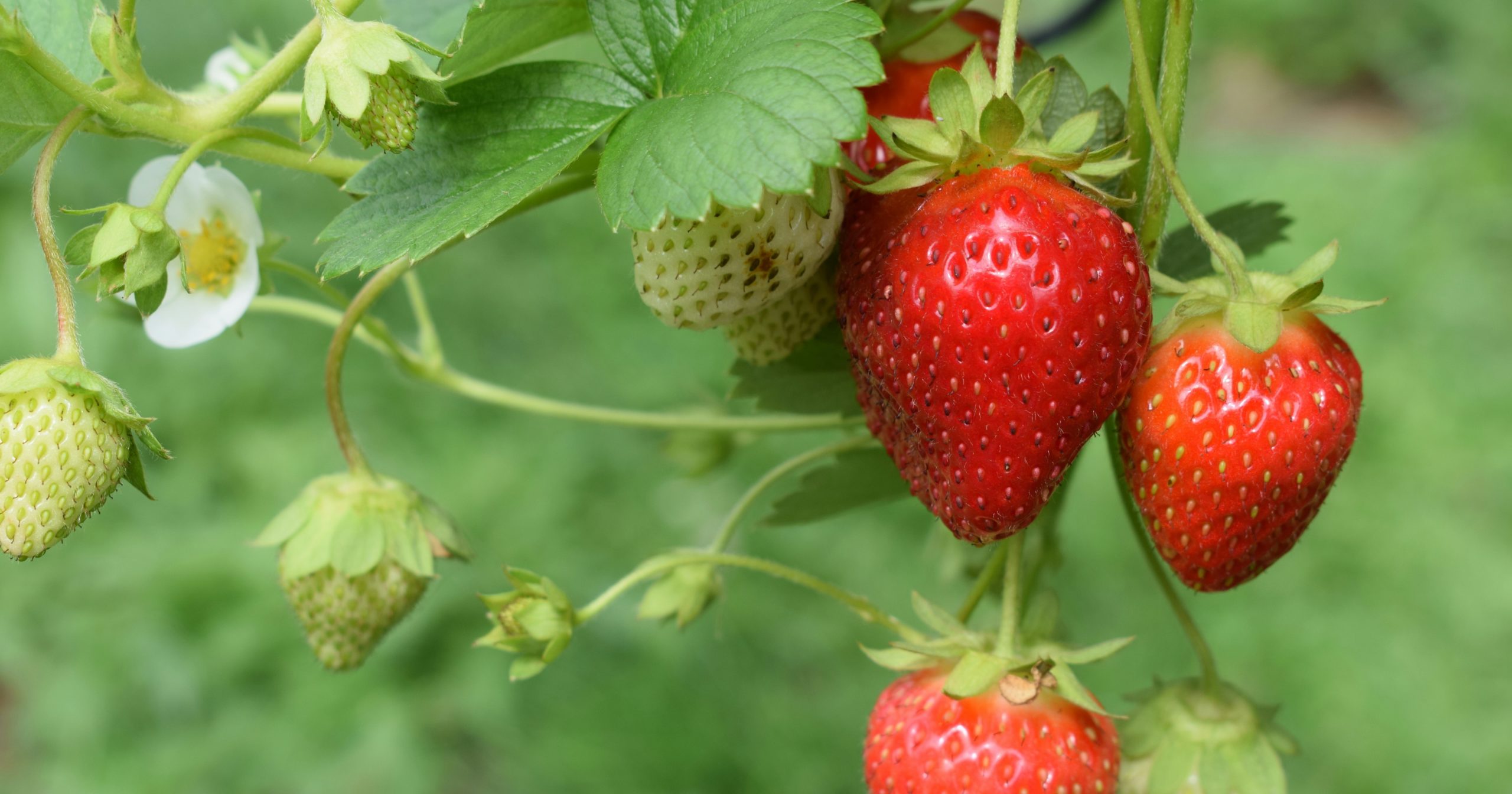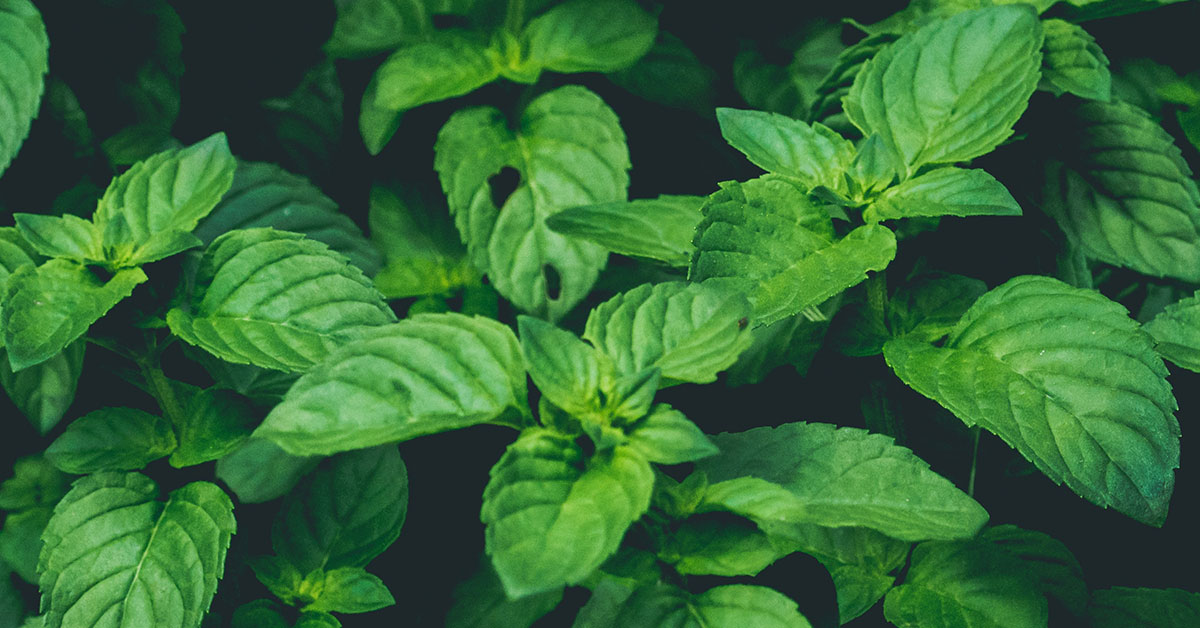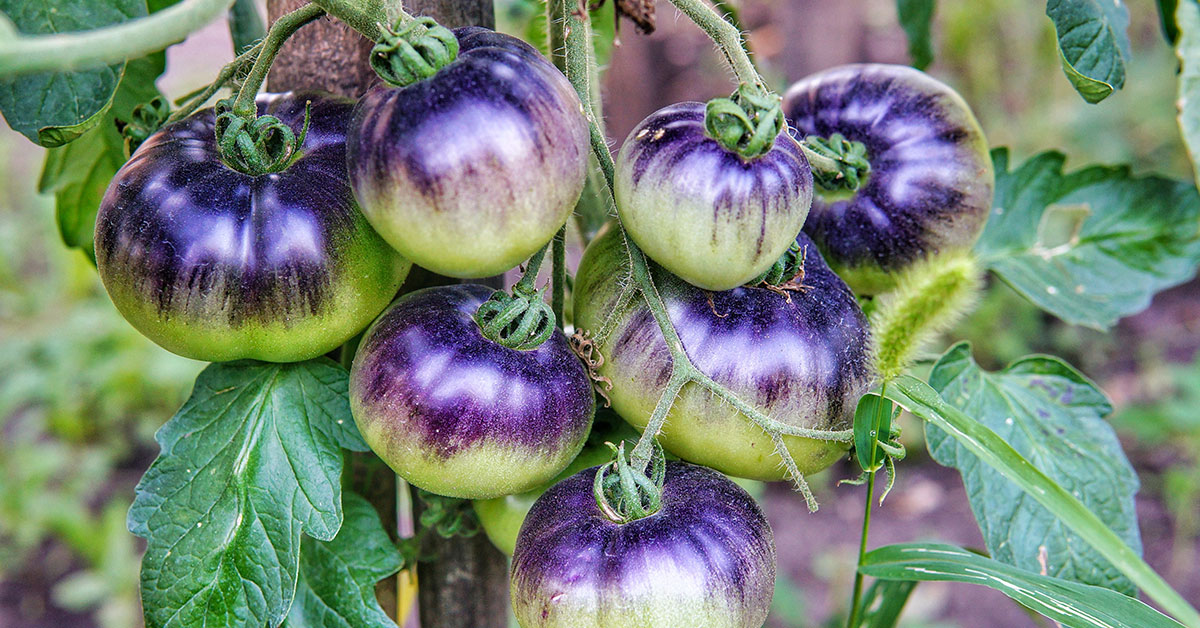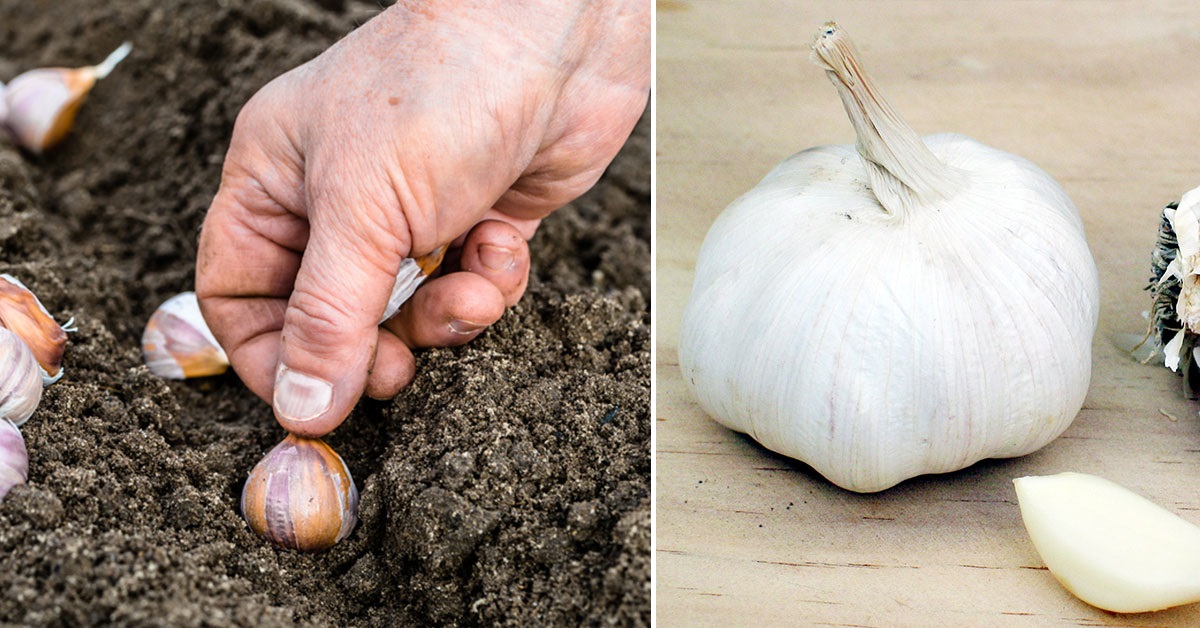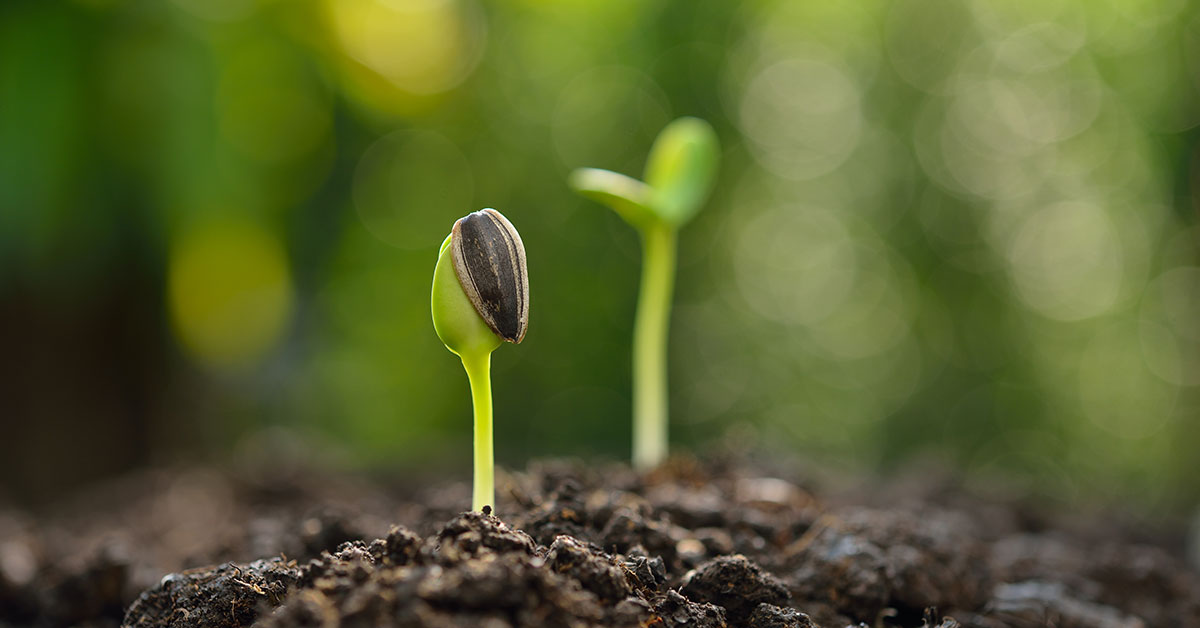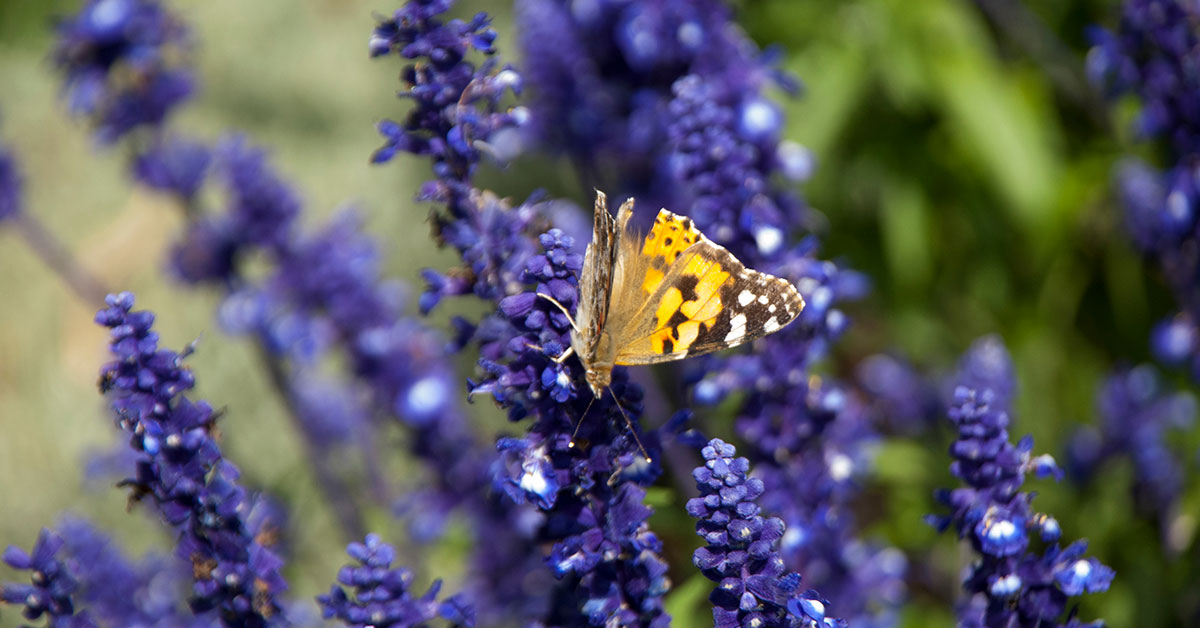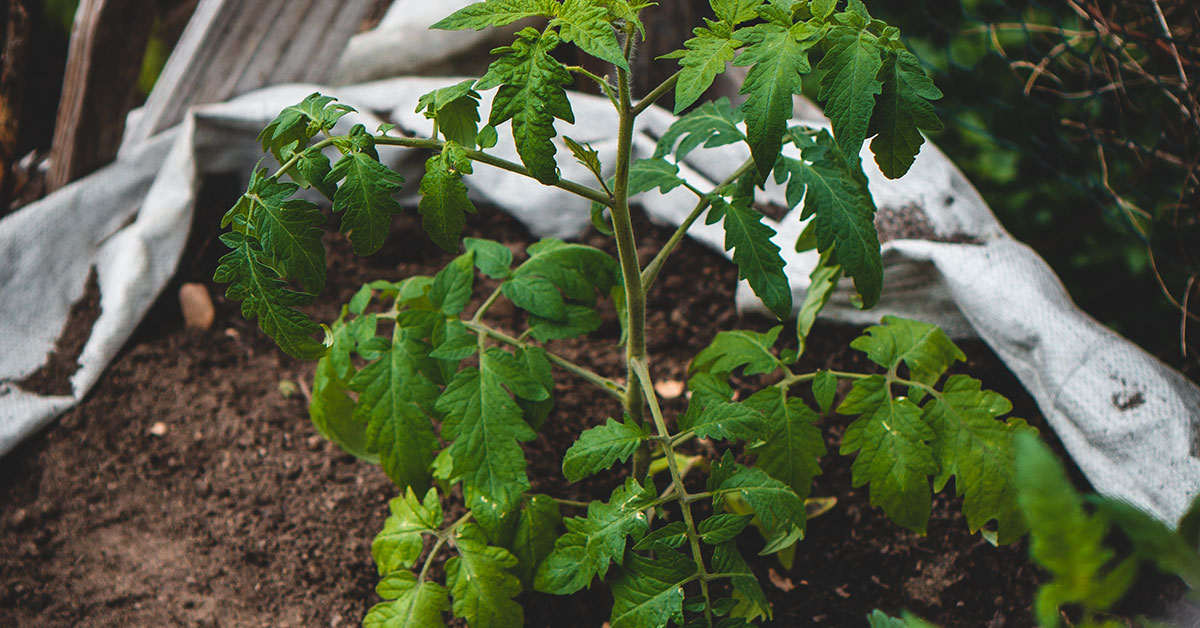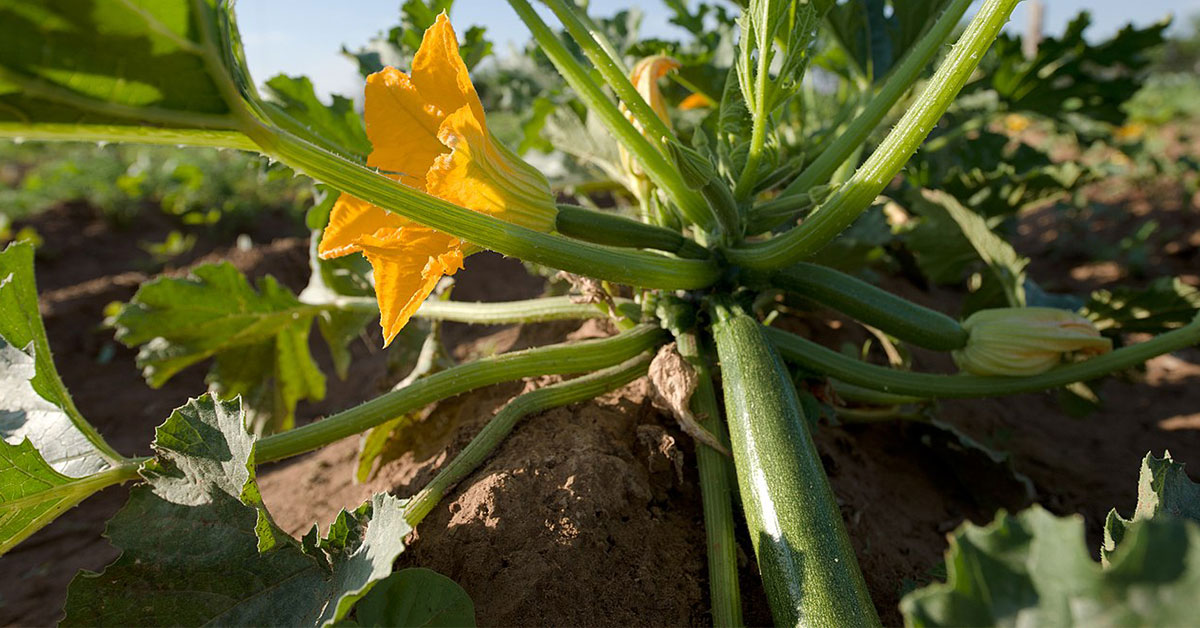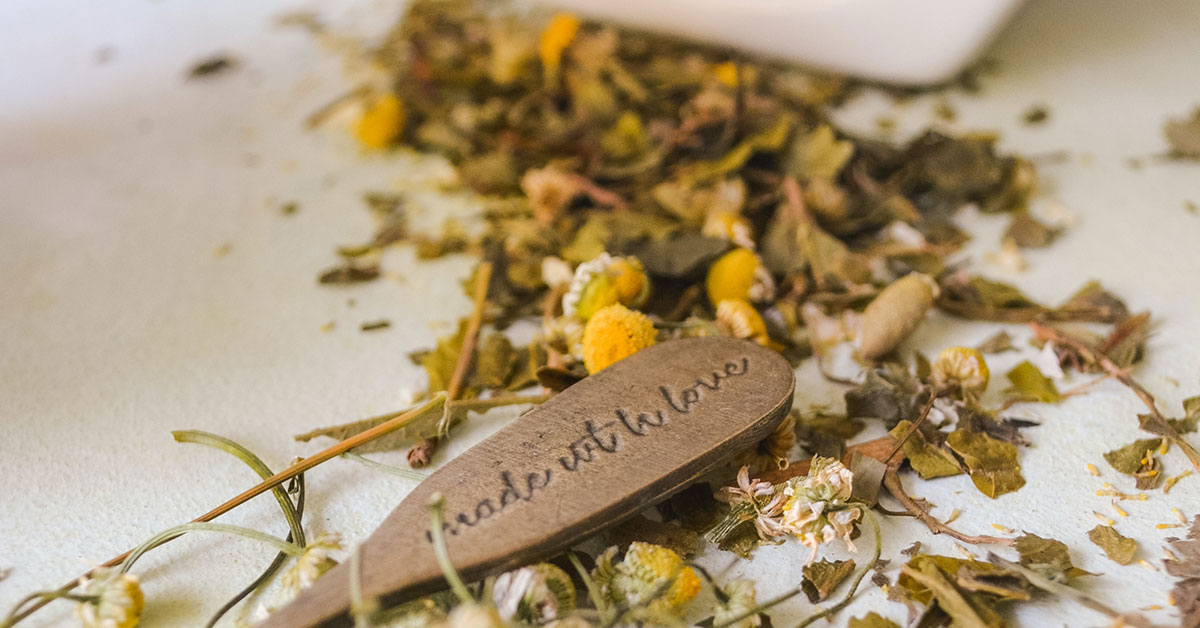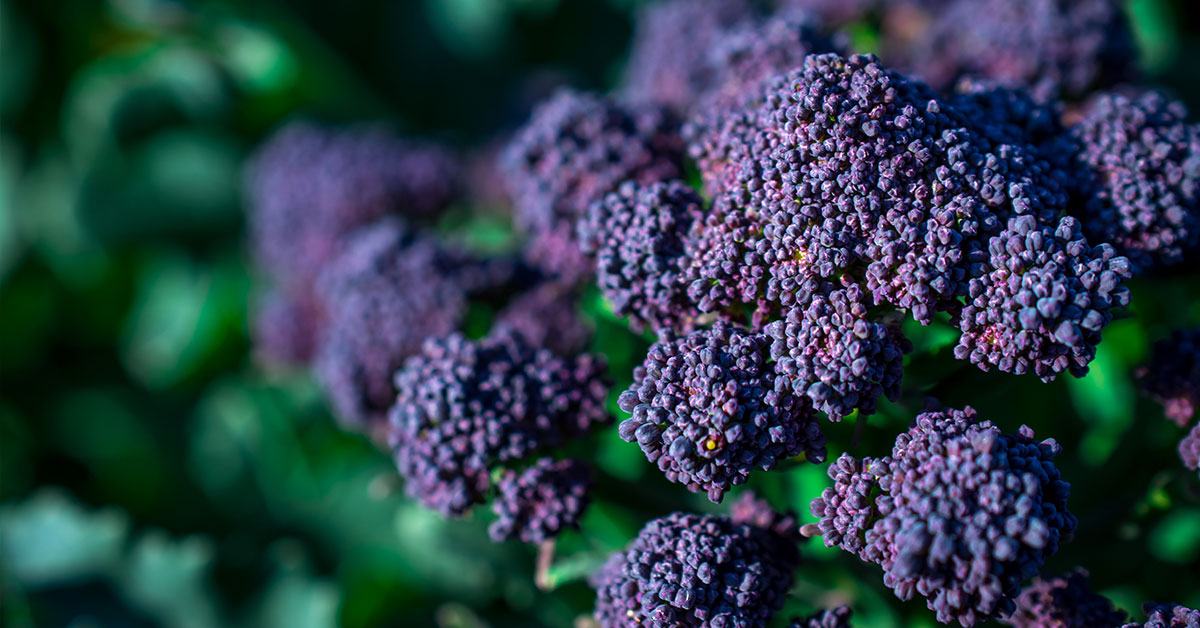Welcome to the world of gardening, where we will delve into the fascinating realm of growing the Green Hokkaido pumpkin. Known for their vibrant green skin, sweet flavor, and dense flesh, Green Hokkaido pumpkins are a delightful addition to any garden.
Originating from Japan, these pumpkins have gained popularity worldwide due to their versatility in cooking and their ability to thrive in various climates. Whether you are a seasoned gardener or a beginner, this article will guide you through the process of successfully cultivating Green Hokkaido pumpkins, from selecting the right seeds to providing optimal growing conditions and harvesting a bountiful crop.
What are Green Hokkaido pumpkins?
Green Hokkaido pumpkin, also known as Uchiki Kuri or Red Kuri squash, is a popular variety of winter squash that is native to Japan. It belongs to the Cucurbita maxima species and is characterized by its vibrant green skin and unique teardrop shape. The flesh of the Green Hokkaido pumpkin is deep orange, smooth, and sweet, with a rich nutty flavor.
This pumpkin variety is highly versatile and can be used in a variety of culinary applications. It is often roasted, baked, or pureed to make soups, stews, pies, and other delicious dishes. The Green Hokkaido pumpkin is also known for its excellent storage capabilities, making it a great choice for long-term use. In terms of cultivation, Green Hokkaido pumpkins thrive in warm climates with full sun exposure. They require well-drained soil that is rich in organic matter.
These pumpkins are typically planted in late spring or early summer, once the soil has warmed up. Regular watering and fertilization are essential for their growth, and they benefit from the use of mulch to retain moisture and suppress weeds. Green Hokkaido pumpkins have a relatively short growing season, usually around 90-100 days.
They are generally resistant to common pumpkin pests and diseases. Harvesting is done when the pumpkins have reached their full size and the skin has hardened. It is recommended to leave a short stem attached to the pumpkin during harvest to prevent rotting. Overall, Green Hokkaido pumpkins are a delightful addition to any garden, offering both ornamental appeal and delicious culinary possibilities.
What do Green Hokkaido pumpkins taste like?
The Green Hokkaido pumpkin, also known as the Uchiki Kuri pumpkin, has a unique and delightful flavor profile. It is known for its sweet and nutty taste, making it a popular choice for cooking and baking. The flesh of the Green Hokkaido pumpkin is smooth and creamy, with a vibrant orange color. Its flavor is often described as a combination of chestnuts and sweet potatoes, with hints of earthiness and a subtle sweetness.
When cooked, the Green Hokkaido pumpkin develops a rich and velvety texture, making it perfect for soups, stews, and purees. Its natural sweetness adds depth and complexity to dishes, making it a versatile ingredient in both savory and sweet recipes. The nutty undertones of this pumpkin variety pair well with warming spices like cinnamon, nutmeg, and ginger, enhancing its flavor even further.
In terms of baking, the Green Hokkaido pumpkin is a fantastic choice for pies, cakes, muffins, and breads. Its sweet and creamy flesh adds moisture and richness to baked goods, resulting in a tender and flavorful treat. It can also be roasted or grilled to bring out its natural sweetness and enhance its nutty notes.
Overall, the Green Hokkaido pumpkin offers a unique flavor experience that is both comforting and delicious. Its sweet and nutty profile, combined with its smooth and creamy texture, makes it a prized ingredient for various culinary creations.
How to start Green Hokkaido pumpkin seeds
Growing Green Hokkaido pumpkins can be a rewarding and enjoyable experience. These pumpkins are known for their vibrant green skin, sweet flesh, and nutty flavor. Here is a step-by-step guide to help you successfully start and grow Green Hokkaido pumpkins:
- Choose the Right Location: Green Hokkaido pumpkins require full sun, so select a location in your garden that receives at least 6-8 hours of direct sunlight daily. Ensure the soil is well-draining and rich in organic matter.
- Prepare the Soil: Before planting, prepare the soil by removing any weeds or debris. Loosen the soil to a depth of 12-18 inches and mix in compost or well-rotted manure to improve fertility and drainage.
- Start Seeds Indoors: Green Hokkaido pumpkins can be started indoors 2-3 weeks before the last frost date in your area. Fill seed trays or pots with seed-starting mix and plant the seeds about 1 inch deep. Keep the soil consistently moist and maintain a temperature of around 70-85°F (21-29°C) for optimal germination.
- Transplanting Seedlings: Once the danger of frost has passed and seedlings have developed 2-3 true leaves, they are ready to be transplanted outdoors. Choose a cloudy day or evening to minimize transplant shock. Space the seedlings about 3-4 feet apart in rows or hills, ensuring they have enough room to spread.
- Direct Sowing: Alternatively, you can sow Green Hokkaido pumpkin seeds directly into the garden after the last frost date. Plant 2-3 seeds per hill, spacing the hills 6-8 feet apart. Once the seedlings emerge, thin them to the strongest plant per hill.
- Watering and Mulching: Keep the soil consistently moist, especially during the flowering and fruiting stages. Water deeply once or twice a week, providing about 1-2 inches of water each time. Mulch around the plants to conserve moisture, suppress weeds, and regulate soil temperature.
- Fertilizing: Green Hokkaido pumpkins are heavy feeders, so it’s important to provide them with regular fertilization. Apply a balanced organic fertilizer or compost tea every 2-3 weeks throughout the growing season. Follow the package instructions for proper application rates.
- Pest and Disease Control: Monitor your plants regularly for pests like aphids, squash bugs, and cucumber beetles. Handpick or use organic insecticidal soap to control infestations. To prevent diseases, avoid overhead watering and provide good air circulation by spacing plants adequately.
- Pollination: Green Hokkaido pumpkins require pollination to set fruit. Bees and other pollinators are attracted to the bright yellow flowers. If pollination seems limited, you can manually transfer pollen from the male flowers to the female flowers using a small brush or cotton swab.
- Harvesting: Green Hokkaido pumpkins are ready for harvest when the skin turns a deep green color and becomes hard. The stem should be dry and starting to crack. Cut the pumpkins from the vine, leaving a few inches of stem attached. Cure the pumpkins in a warm, dry place for 1-2 weeks before storing them in a cool, dry location.
By following these steps, you can successfully start and grow Green Hokkaido pumpkins in your garden. Enjoy the process and the delicious fruits that await you!
When to plant your Green Hokkaido pumpkin outdoors
The ideal time to plant Green Hokkaido pumpkins is in late spring or early summer, when the soil has warmed up and there is no longer a risk of frost. This is usually around May or June, depending on your specific location. It’s important to ensure that the soil temperature is consistently above 60°F (15°C) for successful germination and growth.
Growing & care guide
Green Hokkaido pumpkins, also known as Japanese pumpkins, are a popular variety due to their vibrant green skin, sweet flavor, and smooth texture. To ensure successful growth and a bountiful harvest, here are some best practices for caring for Green Hokkaido pumpkins:
- Location: Choose a sunny spot in your garden that receives at least 6-8 hours of direct sunlight daily. Pumpkins thrive in warm temperatures, so ensure the area is well-drained and protected from strong winds.
- Soil Preparation: Prepare the soil by removing any weeds or debris and loosening it with a garden fork or tiller. Green Hokkaido pumpkins prefer well-draining soil with a pH level between 6.0 and 7.0. Incorporate organic matter, such as compost or well-rotted manure, to improve soil fertility and drainage.
- Planting: Sow Green Hokkaido pumpkin seeds directly into the garden after the last frost date in your area. Create small mounds or hills about 2-3 feet apart to provide good drainage and warm the soil. Plant 2-3 seeds per mound, about 1 inch deep, and later thin them to the strongest seedling.
- Watering: Pumpkins require consistent moisture, especially during the flowering and fruiting stages. Water deeply, providing about 1-2 inches of water per week. Avoid overwatering, as it can lead to root rot. Mulching around the plants can help retain soil moisture and suppress weed growth.
- Fertilization: Green Hokkaido pumpkins are heavy feeders, so regular fertilization is essential. Before planting, incorporate a balanced organic fertilizer into the soil. Once the plants start to develop, side-dress them with compost or a nitrogen-rich fertilizer every 3-4 weeks. Avoid excessive nitrogen, as it can promote vine growth at the expense of fruit production.
- Pruning and Training: As the vines grow, they can become unruly. To save space and improve air circulation, consider training the vines along a trellis or fence. Prune off any excessive growth or suckers to redirect energy towards fruit development. Be cautious not to remove too many leaves, as they provide shade to the developing pumpkins.
- Pest and Disease Control: Monitor your plants regularly for common pumpkin pests like aphids, squash bugs, and cucumber beetles. Handpick or use organic insecticides to control infestations. To prevent diseases such as powdery mildew, avoid overhead watering and provide adequate spacing between plants for good air circulation.
- Harvesting: Green Hokkaido pumpkins are ready for harvest when their skin turns a deep green color and becomes hard. The stem should be dry and starting to crack. Use a sharp knife or pruning shears to cut the pumpkin from the vine, leaving a few inches of stem attached. Handle them with care to avoid any bruising or damage.
By following these best practices, you can ensure healthy and productive Green Hokkaido pumpkin plants, resulting in a delightful harvest of delicious and versatile pumpkins.
Harvesting guide
Green Hokkaido pumpkins, also known as Kabocha squash, are a popular variety of pumpkin known for their sweet and nutty flavor. Harvesting them at the right time is crucial to ensure optimal taste and texture. Here’s a step-by-step guide on when and how to harvest Green Hokkaido pumpkins:
Timing: Green Hokkaido pumpkins typically take around 90-100 days to mature from the time of planting. The exact timing may vary depending on your specific growing conditions and climate. To determine if the pumpkins are ready for harvest, look for the following signs:
- Color: The skin of a mature Green Hokkaido pumpkin should have turned a deep, dark green color. It should no longer have any traces of orange or yellow.
- Hardness: Gently press your finger against the skin of the pumpkin. If it feels hard and firm, it is likely ready for harvest.
- Stem drying: The stem attached to the pumpkin should have started to dry out and turn brown. This is another indication that the pumpkin is ripe.
Harvesting: Once you’ve determined that your Green Hokkaido pumpkins are ready for harvest, follow these steps to ensure a successful harvest:
- Use pruning shears or a sharp knife to cut the stem of the pumpkin, leaving about 2-3 inches of stem attached to the fruit. Be careful not to damage the pumpkin or the vine while cutting.
- Avoid pulling or twisting the pumpkin off the vine, as this can cause damage and reduce its shelf life.
- It’s best to harvest pumpkins on a dry day to prevent excess moisture from affecting their quality.
Curing: After harvesting, it’s essential to cure the Green Hokkaido pumpkins to enhance their flavor and improve their storage life. Curing involves allowing the pumpkins to sit in a warm, dry location for about 10-14 days. This process helps the skin harden and the flavors develop.
- Choose a warm and well-ventilated area, such as a sunny windowsill or a dry porch, to cure the pumpkins.
- Place the pumpkins in a single layer, ensuring they don’t touch each other.
- Rotate the pumpkins occasionally to ensure even drying.
Storage: Once the Green Hokkaido pumpkins have been cured, they can be stored for several months, allowing you to enjoy them throughout the winter. Here are some tips for proper storage:
- Store the pumpkins in a cool, dry place with good air circulation. The ideal temperature range is between 50-55°F (10-13°C).
- Avoid storing pumpkins near fruits that produce ethylene gas, such as apples and bananas, as this can cause premature ripening and spoilage.
- Inspect the pumpkins regularly and remove any that show signs of rot or decay to prevent them from affecting the others.
By following these guidelines, you can ensure a successful harvest of Green Hokkaido pumpkins and enjoy their delicious flavor in various culinary creations.
